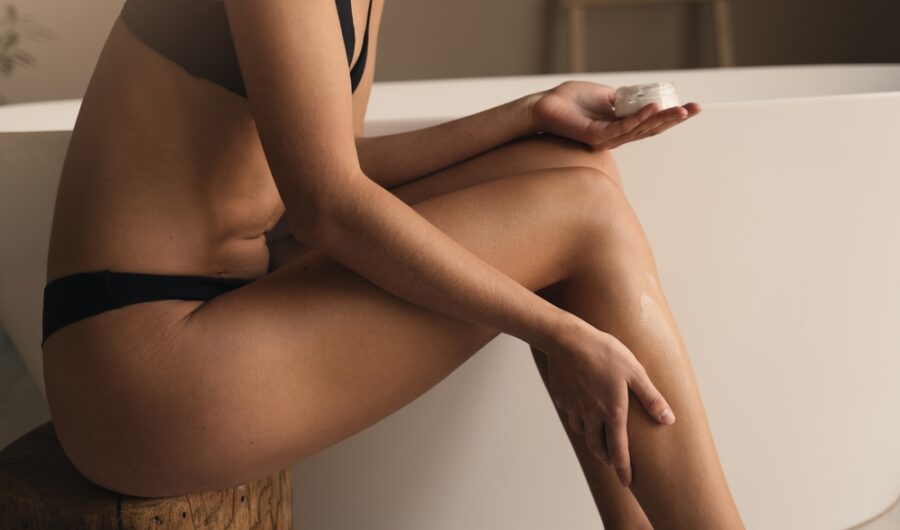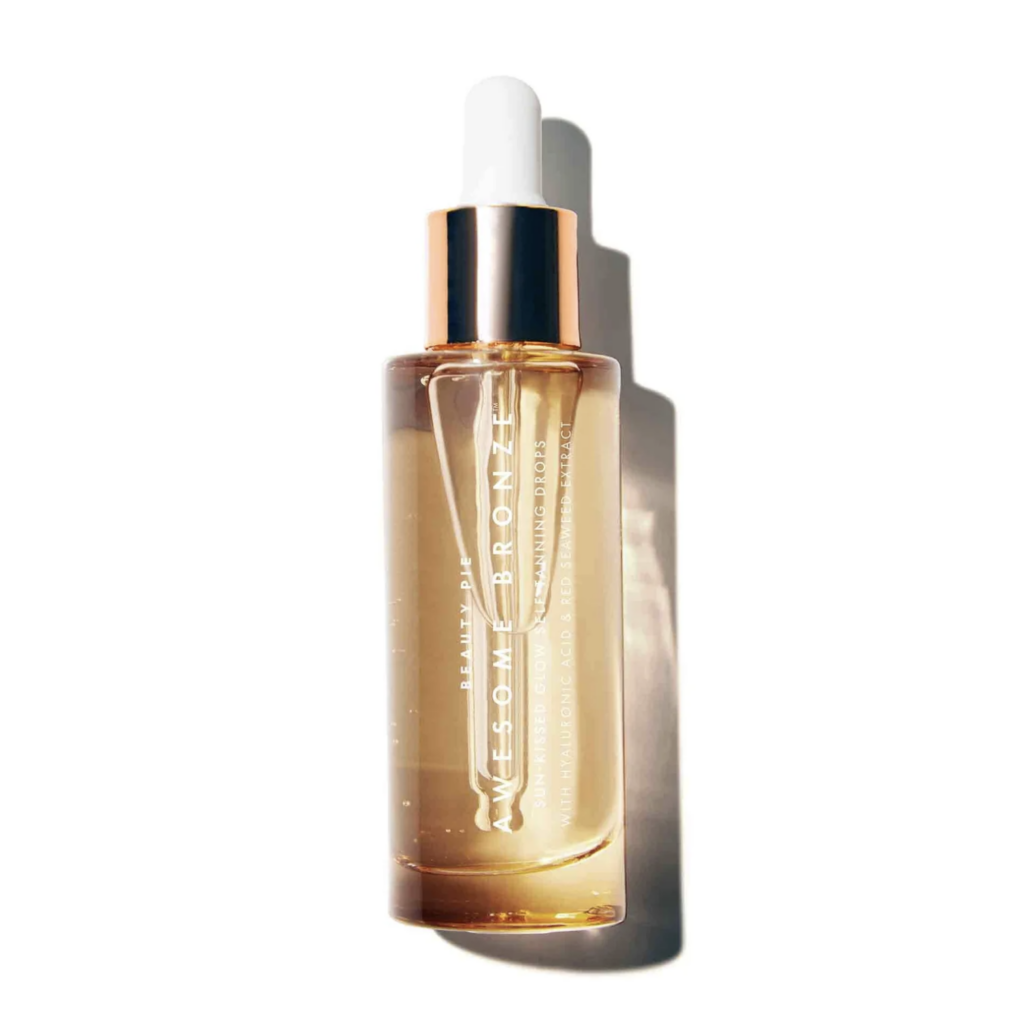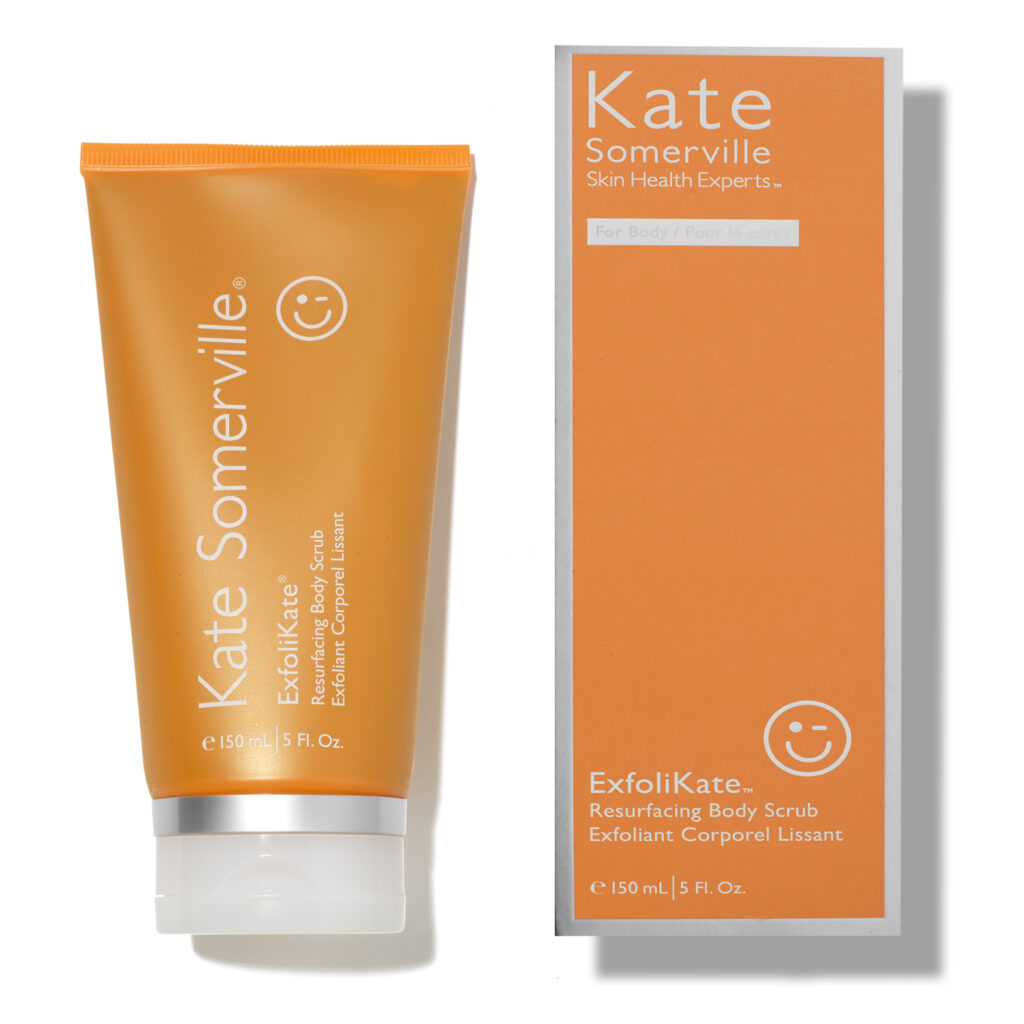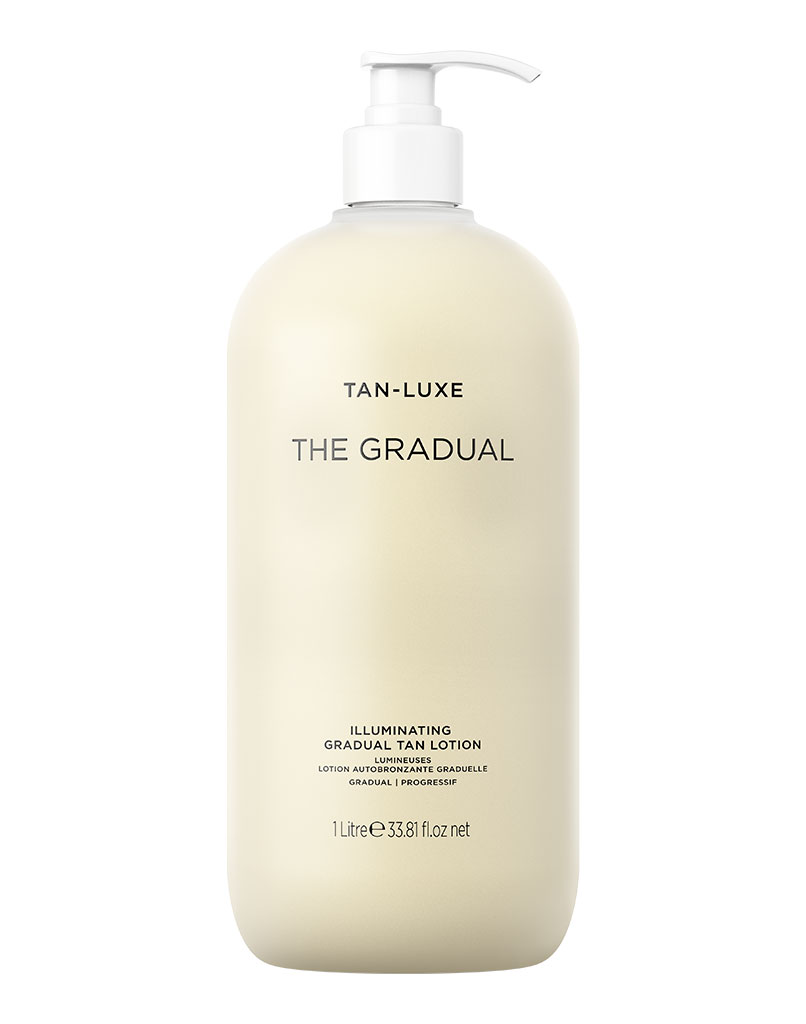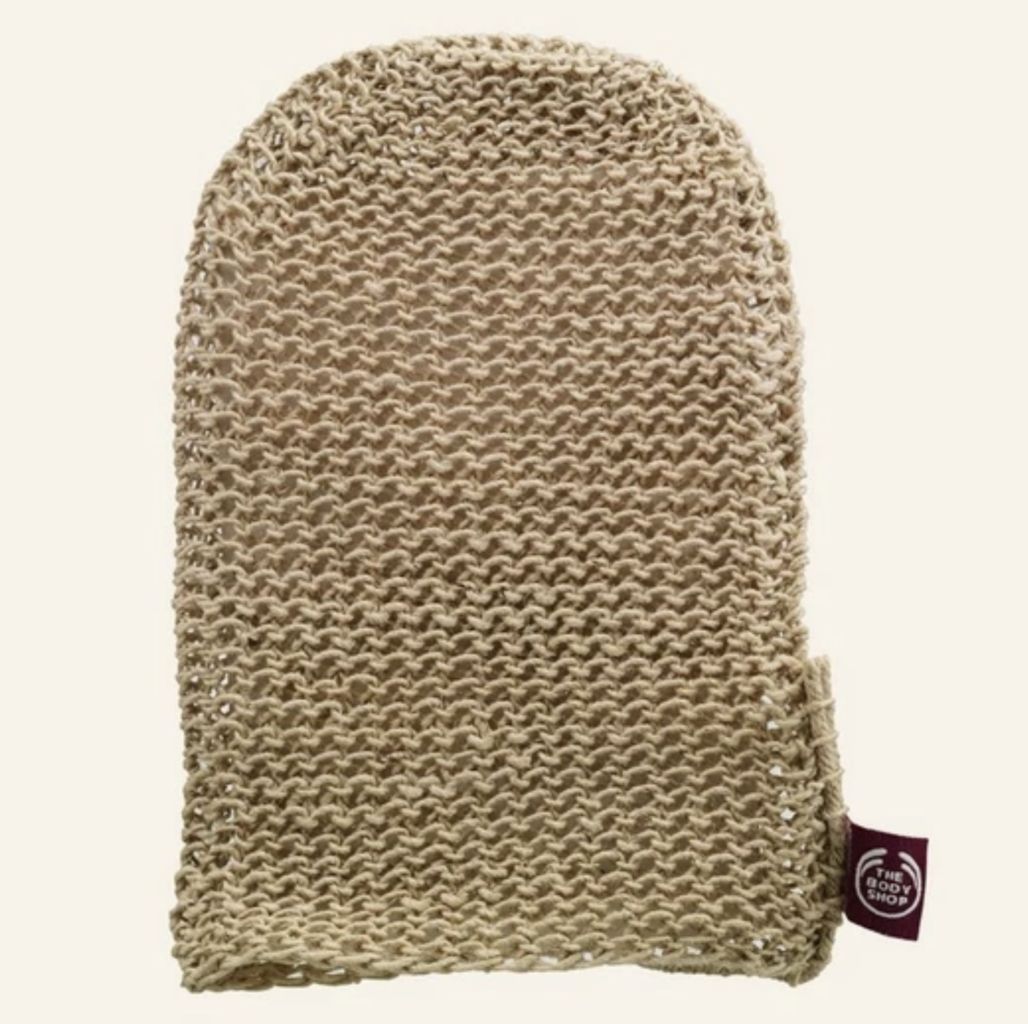Who doesn’t love a gorgeous, golden glow? Anyone? Thought not. Nothing beats that sun-kissed skin feeling, which is just one of the reasons we’re stocking up on fake tan. As temperatures (finally) start to rise and summer hints at arriving, now’s the time to add a bronzing boost to your beauty routine. Whether you’re spending a day on the beach, indulging in a park picnic or sundowners with friends, chances are you’re getting those limbs out. And – after the glorious (not) weather we’ve been subject to recently – you might be feeling and looking a little pastier than you’d like. Enter: fake tan.
The only problem? Whilst you may have dreamt of a beautiful, bronzed glow, you may have woken up to a streaky, patchy mess. Fear not, fake tan faux pas happen to the best of us. But before you hide under the blanket, take a deep breath. This guide is your lifeline to salvaging your tan and getting you back on track to a flawless, sun-kissed look in no time. These are the expert tips and product picks you need when a fake tan goes wrong.
Oil Up
“Use an oil-based product such as baby oil, which helps break down the tan. After application of the oil, take a shower and then exfoliate. This is a great method for when the tan has developed and you notice any mistakes, which could be a build-up from applying too much tan.” – Nicky Matthews, Founder of Sienna X.
Reach For A Remover
“The only thing worse than bad fake tan is the time and effort it takes trying to remove it! That’s why we developed the Rose & Caramel Purity Excel 60 Second Tan Remover – the quickest and easiest way to remove self-tan out there.” – Rosie Greenhalgh, founder of Rose & Caramel.
Have A Bath
“However, if you don’t have a specialist self-tan remover to hand, the next best thing to do is to have a long soak in the tub. Run yourself a nice, warm bath and add some of your favourite bath or body oil. Oil breaks down fake tan and together with gently exfoliating with a scrub or mitt, it will help to remove old, patchy, streaky colour. Avoid using anything too harsh or abrasive though.” – Rosie
Load Up On Lemons
When life gives you lemons, use them to fix your tan faux pas. Rich in natural alpha hydroxy acids, lemons work as a gentle exfoliator and are amazing for breaking down the top layer of the tan and toning down its intensity, particularly on stubborn areas such as palms and knuckles. Either mix with sugar or baking soda to create a paste and apply sparingly before rinsing well or soak a flannel in water infused with lemon juice, microwave it for one and a half minutes, let it cool slightly, and then gently rub it over your skin.
Use A Mitt
“Blend tan using a clean self-tan mitt, it is important to make sure that the mitt is clean and free from any old tan. Old tan on the mitt could have oxidised leaving a green tint when rubbing in tan. On areas where too much tan has been applied, use a buffing mitt or light exfoliator mitt to gently blend in areas where too much product has been applied and gathered. This can usually happen on areas such as wrists.” – Nicky
Blend With Makeup
If time is of the essence and you don’t have time to really tackle your tan problem, use a tinted moisturiser or bronzer to blend any uneven patches on your face.
Go Gradual
“Use a gradual tan lotion to blend areas that may have been missed and help to hide any tell-tale signs of tan mistakes. A gradual lotion is a great consistency to help blend and also prolong the glow of the self-tan.” – Nicky
Prevention Is Key
“To avoid a bad tan in the first place, it is important to always prepare your skin – preparation is just as important as application when it comes to tanning. Be sure to remove any old self tan the day before applying new self-tan – this also goes for shaving and waxing too. Hair removal should be done at least 24 hours before to allow your pores to close and avoid any dark ‘dotting’ on the skin.
Skin should also be free from make-up, perfume, and deodorant (unless you want green armpits!).
Before tanning, apply an oil-free moisturiser to any dry areas of skin that fake tan is prone to cling to. These include the hands, feet, knees, elbows, and ankles. Make sure to really blend in the moisturiser and this will work as a barrier to avoid discolouration. Using oil-free products is important pre and post tanning as it can break down your tan more quickly and cause it to go patchy.” – Rosie
words by Frankie Rozwadowska

